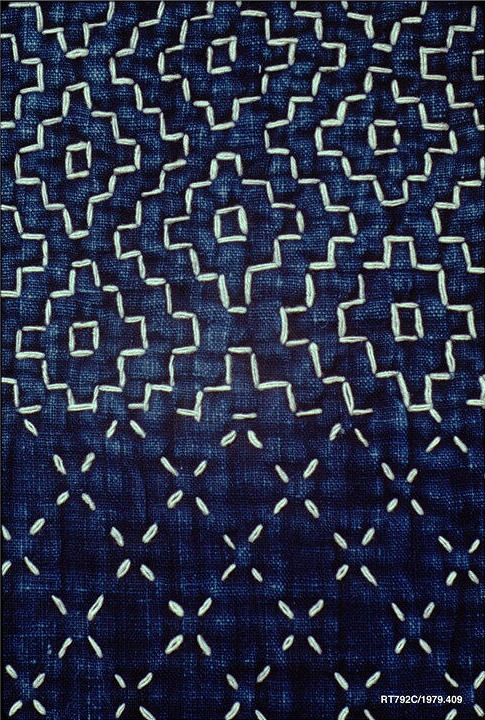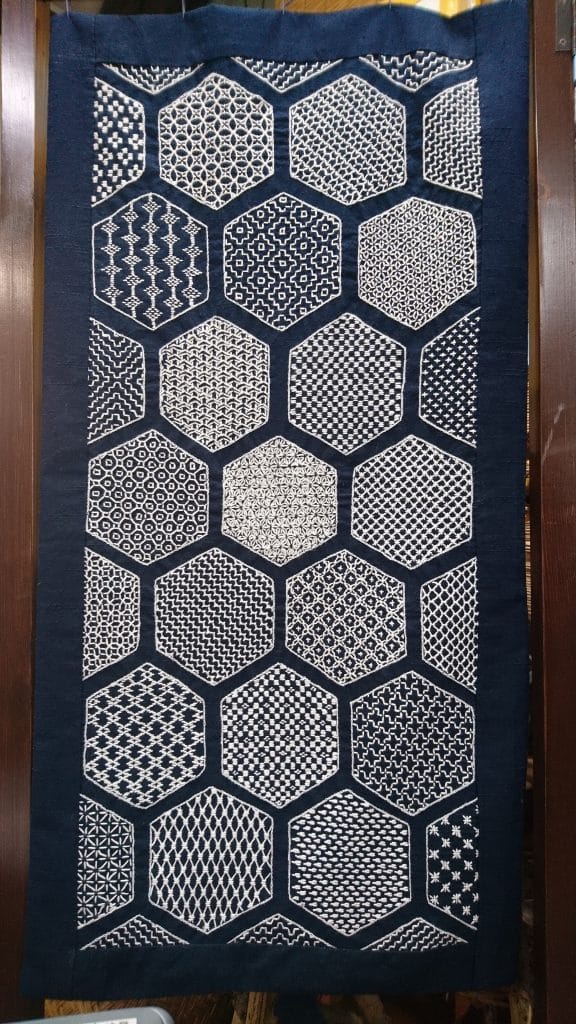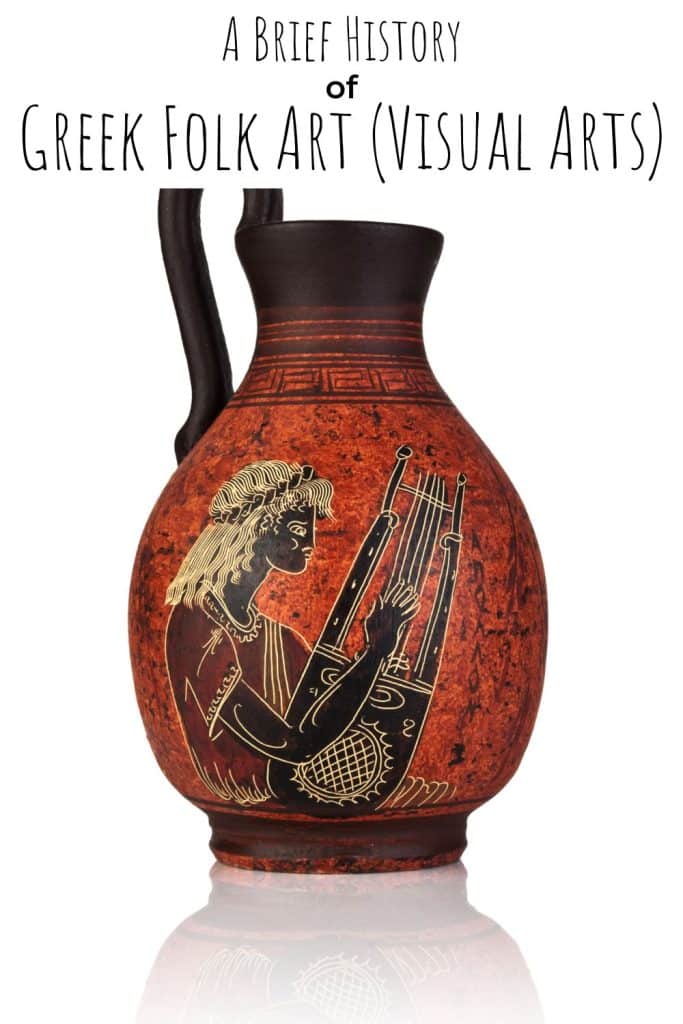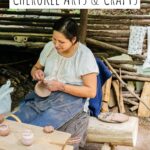A Brief History of Sashiko in Japan
Sashiko, a traditional form of Japanese embroidery, has a rich history dating back centuries. Its cultural significance, meticulous techniques, and distinctive aesthetic have made it a beloved art form both in Japan and around the world. In this article, we will delve into the captivating world of sashiko, exploring its origins, cultural importance, and the techniques used to create this remarkable craft.
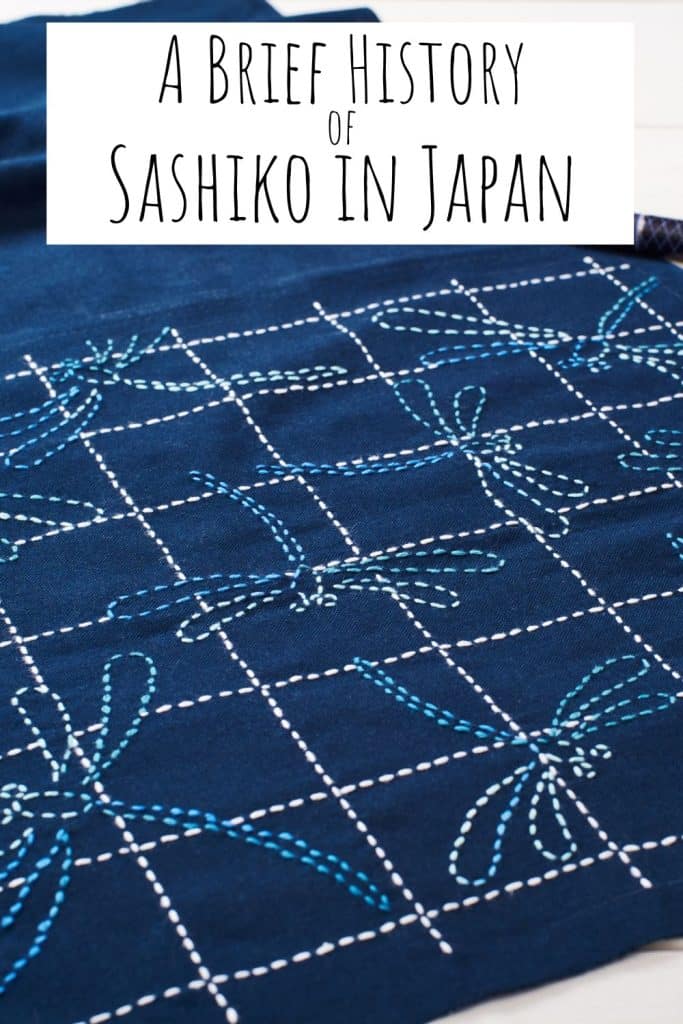
Where did sashiko in Japan originate?
Sashiko originated in rural Japan during the Edo period (1603-1868) as a practical stitching method for reinforcing and repairing garments. Farmers and fishermen utilized sashiko to mend and strengthen their clothing, making it more durable and resistant to wear and tear. Over time, sashiko evolved into a decorative art form, transcending its utilitarian roots and becoming a beloved tradition.
What is the cultural significance of sashiko?
Sashiko holds great cultural significance in Japan, representing the ingenuity, resourcefulness, and patience of its people. The craft is deeply rooted in the Japanese concept of “mottainai,” which emphasizes the importance of avoiding waste and making the most of available resources. Sashiko embodies this philosophy by repurposing and revitalizing worn-out textiles, transforming them into beautiful, functional pieces of art.
Techniques of Sashiko:
Stitching: Sashiko stitching involves using a running stitch (known as “shippō-tsunagi”) to create geometric patterns, typically in white thread on an indigo-dyed fabric. The stitches are meticulously placed in a grid-like pattern, resulting in striking designs that are both visually captivating and structurally sound.
Patterns: Traditional sashiko patterns often draw inspiration from nature, featuring motifs such as waves, mountains, hemp leaves, and interlocking circles. These patterns hold symbolic meanings, with each design conveying messages of protection, good luck, or harmony with the natural world.
Fabric and Thread: Historically, sashiko was stitched on indigo-dyed cotton fabric, known as “kogin-zashi.” Today, a wide range of fabrics can be used, though indigo-dyed textiles continue to be favored for their timeless appeal. The thread used in sashiko is typically thick and white, ensuring high contrast against the dark background and adding to the visual impact of the designs.
Contemporary Influence and Global Reach:
While sashiko has deep roots in Japan, its influence has spread worldwide. The art form has gained popularity for its aesthetic beauty, cultural significance, and the meditative nature of its stitching techniques. Today, sashiko is embraced by artisans, designers, and craft enthusiasts globally, who incorporate its motifs and techniques into various products such as clothing, home decor, and accessories.
Sashiko, with its centuries-old history and enduring cultural significance, continues to captivate and inspire people around the world. The combination of its meticulous stitching techniques, meaningful patterns, and commitment to sustainability makes sashiko a truly remarkable art form. By understanding the origins and sashiko techniques, we can gain a deeper appreciation for this traditional Japanese stitching craft and its enduring legacy in the realm of textile artistry.
Where can I experience sashiko in Japan in person?
To experience sashiko in Japan and delve into its history firsthand, here are some notable places you can visit to see these marvelous pieces in person:
Tokyo National Museum (Tokyo):
The Tokyo National Museum houses a vast collection of Japanese art and cultural artifacts, including textiles and garments featuring sashiko. Exploring the museum’s textile section will provide insights into the historical significance of sashiko and its artistic evolution.
Tohoku region (Northern Honshu):
The Tohoku region is known for its strong sashiko traditions, particularly in Aomori, Akita, and Yamagata prefectures. Visiting local museums, craft centers, or participating in workshops in these areas will provide opportunities to learn about the region’s distinct sashiko styles and techniques.
Kyoto Museum of Traditional Crafts (Kyoto):
The Kyoto Museum of Traditional Crafts showcases a wide range of traditional crafts, including sashiko. Visitors can view exquisite examples of sashiko work, gain insights into the techniques used, and learn about the craft’s historical significance in Kyoto and the surrounding regions.
Otsuchi Sashiko Museum (Iwate):
Located in Iwate Prefecture, the Otsuchi Sashiko Museum offers visitors a comprehensive exploration of sashiko. The museum provides information on the history of sashiko, displays vintage garments, and offers workshops where visitors can try their hand at sashiko stitching.
Ochiai Village (Nagano):
Ochiai Village is renowned for its sashiko traditions and is considered a sashiko cultural heritage site. The village offers immersive experiences, allowing visitors to witness sashiko embroidery being practiced by local artisans and learn about the techniques and cultural significance directly from the community.
Amuse Museum (Tokyo):
Located in Tokyo’s Asakusa district, the Amuse Museum is now permanently closed, unfortunately. It featured an exhibit dedicated to sashiko. The exhibit showcased various sashiko textiles, provided insights into the craft’s history and cultural context, and offered workshops for visitors to engage in hands-on sashiko stitching. It was a wealth of knowledge and is missed. I mention it here because it still comes up on lists of textile museums to visit, but has been closed since 2019.
Remember to check the opening hours and availability of workshops or guided tours at these locations before planning your visit – they will vary and you’ll want to plan ahead to make sure you get to explore as much as you’d like. Exploring these places will provide you with a deeper understanding of sashiko’s history, techniques, and its significance in different regions of Japan.
For more brief histories, check out this one on Greek visual arts.
Or this one on batiks in Southeast Asia.
